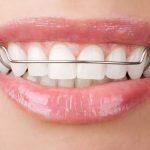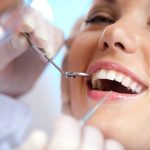How Fast Can You Achieve a Brighter Smile? The Truth About Yellow Teeth Turning White

A bright and healthy smile is something that everyone desires. Unfortunately, many people find themselves struggling with yellow teeth, which can make them feel self-conscious and embarrassed. Yellow teeth may occur due to a variety of reasons, including poor dental hygiene, genetics, aging, and lifestyle habits such as smoking or drinking coffee. The good news is that there are several ways to achieve a brighter smile, and the process may be faster than you think. From over-the-counter products to professional treatments, there are numerous options available to help turn yellow teeth into pearly whites. In this article, we’ll explore the truth behind yellow teeth and how you can achieve a brighter, whiter smile in no time.
Having a bright smile is essential for many reasons. Firstly, it enhances your appearance and boosts your confidence, making you more attractive to others. Secondly, it is a sign of good oral hygiene and overall health. Yellow teeth can indicate poor dental habits or underlying health issues, which can affect your self-esteem and quality of life. Additionally, a bright smile can positively impact your personal and professional relationships, as it can make you appear more approachable and trustworthy. Therefore, investing in achieving a brighter smile is a wise decision that can have numerous benefits for your physical and emotional well-being.
Yellow teeth are a common dental issue that affects many individuals of all ages. Poor oral hygiene is one of the primary causes of yellow teeth, as it leads to the accumulation of plaque and tartar on the teeth surface. Consumption of certain foods and drinks such as coffee, tea, soda, and red wine, which contain pigments known as chromogens, can also cause staining of the teeth. Similarly, smoking and tobacco use can cause yellowing of teeth due to the nicotine and tar present in cigarettes. Aging is another factor that contributes to yellow teeth, as the enamel on the teeth wears away over time, revealing the yellowish dentin underneath. Genetics, certain medications, and underlying health conditions such as gum disease and enamel hypoplasia can also lead to yellow teeth.
Home remedies for whitening teeth
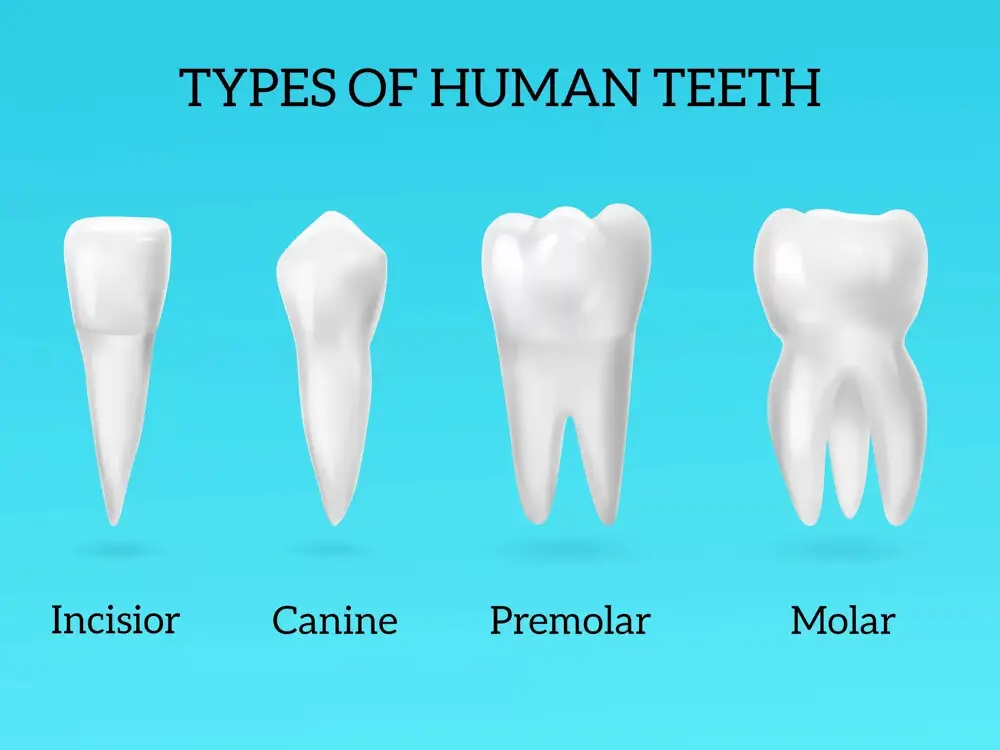
Achieving a brighter smile is a goal that many people have, but professional teeth whitening treatments can be expensive and time-consuming. Fortunately, there are several home remedies that can help whiten teeth naturally. One popular option is baking soda, which can be mixed with water to create a paste that is applied to the teeth and left on for a few minutes before being rinsed off. Baking soda works to remove surface stains and can be used once or twice a week to gradually whiten teeth. Another effective home remedy is oil pulling, which involves swishing oil (such as coconut or sesame oil) around in the mouth for 10-20 minutes before spitting it out. Oil pulling is believed to help remove bacteria and toxins from the mouth, which can contribute to yellowing teeth. Other remedies include using hydrogen peroxide as a mouthwash, eating crunchy fruits and vegetables (such as apples and carrots) that help scrub teeth clean, and avoiding foods and drinks that can stain teeth (such as coffee, tea, and red wine). While these remedies may not provide instant results like professional treatments, with consistent use, they can help brighten your smile naturally over time.
Achieving a brighter smile is a common desire for many people, and there are a variety of home remedies that claim to whiten teeth. One popular method is to use baking soda, which is believed to help remove surface stains on teeth. Another option is to use hydrogen peroxide, which can be mixed with baking soda or applied directly to teeth using a cotton swab. Oil pulling, which involves swishing coconut oil or other oils in the mouth for several minutes, is also said to have whitening benefits. Additionally, some people use activated charcoal, which is believed to absorb toxins and stains from teeth. While these home remedies may provide some benefit, it’s important to remember that they are not a substitute for professional dental care and may not be effective for everyone.
There are several methods to achieve a brighter smile, each with its own set of pros and cons. Whitening toothpaste is a popular option because it is easy to use and affordable. However, it may take longer to see results and can be abrasive on tooth enamel. Over-the-counter whitening strips are another option that can provide noticeable results in just a few days, but they can cause tooth sensitivity and may not be effective for severe staining. Professional teeth whitening treatments performed by a dentist are the most effective and quickest way to achieve a brighter smile, but they can be costly and may require multiple appointments. It is important to weigh the pros and cons of each method and consult with a dental professional before deciding which approach is best.
When it comes to achieving a brighter smile, there are various methods that you can try, but there are also some methods that you should avoid. One method to try is professional teeth whitening done by a dentist, as it is a safe and effective way to remove years of stains caused by coffee, tea, or smoking. Another method to try is using at-home teeth whitening kits that are recommended by dentists, as they contain safe levels of hydrogen peroxide that can help to whiten teeth. However, it is important to avoid using harsh and abrasive methods such as baking soda, lemon juice, or apple cider vinegar, as they can erode tooth enamel and cause long-term damage to your teeth. Additionally, it is crucial to avoid using unregulated teeth whitening products or services, as they may contain harmful chemicals that can harm your teeth and gums.
Overthecounter whitening products
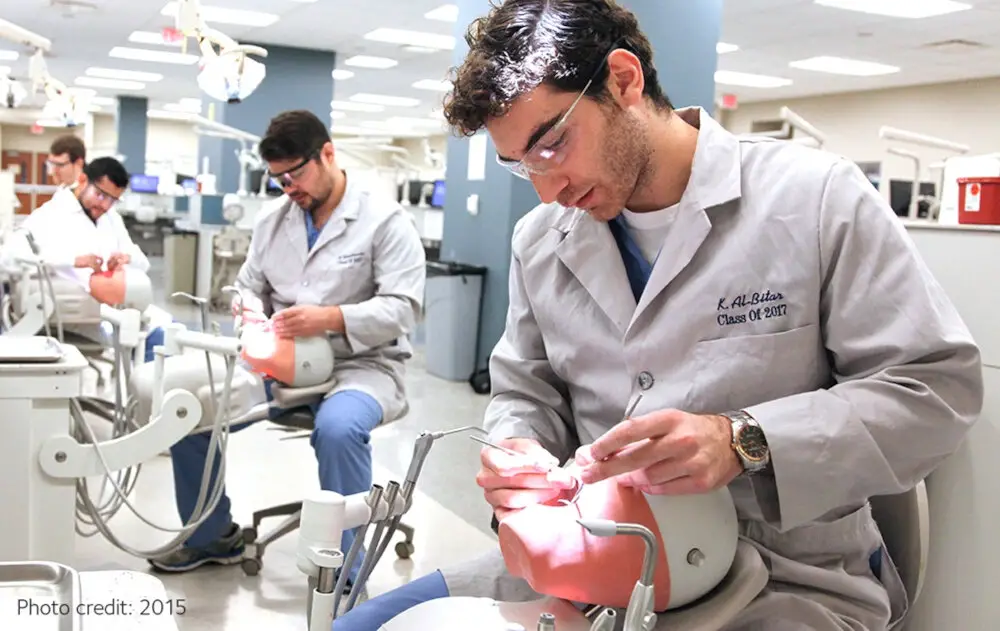
Over-the-counter whitening products have become a popular option for those who want to brighten their smile. These products are easy to find in drugstores or supermarkets, and they come in various forms such as toothpaste, strips, gels, and pens. While they can be effective in removing surface stains, their results may not be as dramatic as professional treatments. It’s important to note that not all over-the-counter products are created equal, and some may contain harsh chemicals that can damage the enamel and cause tooth sensitivity. Toothpaste is the most common type of over-the-counter whitening product. Whitening toothpaste contains a mild abrasive that can remove surface stains and polish the teeth. Some toothpaste also contains hydrogen peroxide, which can penetrate the enamel and whiten the teeth. Whitening strips and gels are also popular options. They contain a higher concentration of hydrogen peroxide than toothpaste, and they are applied directly to the teeth. Whitening pens are another option that allows you to apply the whitening gel directly to the teeth. While over-the-counter whitening products can be a good choice for those with mild discoloration, it’s important to remember that they may not be as effective or long-lasting as professional treatments.
Over-the-counter whitening products have become increasingly popular over the years due to their convenience and affordability. These products come in a variety of forms, including whitening toothpaste, strips, gels, and trays. Whitening toothpaste typically contains abrasives that help remove surface stains, while strips and gels are applied directly to the teeth and often contain hydrogen peroxide or carbamide peroxide as the active ingredient. Whitening trays are usually custom-fit to the individual’s teeth and can be filled with a whitening gel. While these products can be effective in removing surface stains and improving tooth color, it’s important to note that they may not provide the same level of whitening as professional treatments and can potentially cause tooth sensitivity or gum irritation if not used properly.
When it comes to achieving a brighter smile, there are several products available in the market. Let’s take a look at the pros and cons of each product. Whitening toothpaste is a popular option for those looking for a quick fix. It’s readily available and easy to use, and can help remove surface stains. However, it may not be effective for deeper stains and can take several weeks to see noticeable results. Whitening strips are another option, which are applied directly to the teeth. They can be more effective than toothpaste and can provide results in as little as a week. However, they may cause sensitivity and can be uncomfortable to wear. Whitening trays, which are custom-fitted to your teeth, can provide even more dramatic results. However, they can be expensive and require multiple applications over several weeks. In-office professional treatments are the most effective option, providing fast and significant results. However, they are the most expensive and can cause the most sensitivity. Ultimately, the choice of product depends on individual preferences, budget, and the severity of the staining.
When using teeth whitening products, it is important to follow the recommended usage and precautions to avoid any potential damage to your teeth and gums. Always read the instructions carefully and use the product as directed. It is also recommended to consult with a dental professional before using any whitening products, especially if you have sensitive teeth or existing dental concerns. Additionally, avoid overusing whitening products as excessive use can cause enamel erosion and tooth sensitivity. It’s important to maintain good oral hygiene habits, such as regular brushing and flossing, and to limit your intake of foods and drinks that can stain teeth, such as coffee, red wine, and tobacco products.
Professional teeth whitening treatments
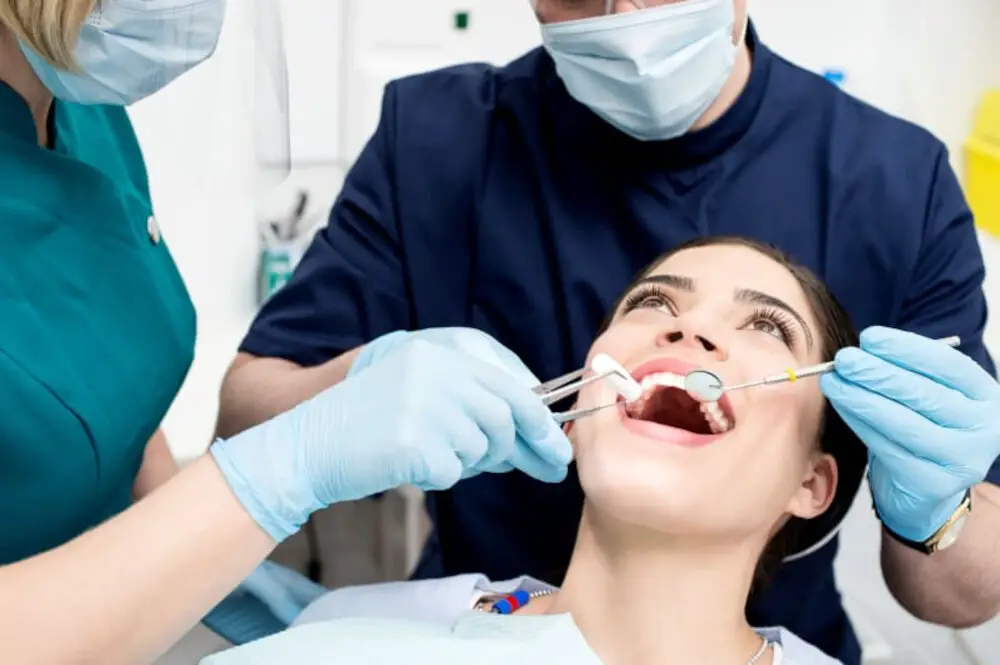
Professional teeth whitening treatments are a popular option for individuals who want to achieve a brighter smile in a short amount of time. These treatments are typically performed in a dentist’s office and involve the use of a high-concentration bleach solution to remove stains and discoloration from the teeth. Professional teeth whitening treatments are generally considered safe and effective, but they can be expensive and may not be covered by dental insurance. There are several different types of professional teeth whitening treatments available, including in-office bleaching, which involves the application of a strong bleaching agent to the teeth for a specified period of time, and take-home kits, which allow patients to whiten their teeth at home using custom-fitted trays and a lower-concentration bleach solution. In-office bleaching is typically more expensive than take-home kits, but it can produce faster and more dramatic results. However, take-home kits can be more convenient for patients who prefer to whiten their teeth on their own schedule. Ultimately, the choice of which type of professional teeth whitening treatment to use will depend on the individual patient’s needs and preferences.
Professional teeth whitening treatments are a popular cosmetic dentistry procedure that can help you achieve a brighter and whiter smile in a relatively short amount of time. These treatments use advanced technology and powerful bleaching agents to remove deep stains and discolorations from your teeth, revealing a brighter and more youthful-looking smile. Unlike over-the-counter whitening products, professional teeth whitening treatments are tailored to your specific needs and can be customized to deliver optimal results. They are also performed under the supervision of a qualified dental professional, ensuring your safety and comfort throughout the entire process. With professional teeth whitening, you can achieve a brighter smile in just one or two visits to your dentist, making it a convenient and effective solution for anyone looking to improve the appearance of their teeth.
There are various types of treatments available for achieving a brighter smile. The most common treatment is teeth whitening, which can be done at home using over-the-counter products or by a dental professional through in-office procedures. Another option is dental bonding, where a tooth-colored resin is applied to the teeth to cover up stains and discoloration. Dental veneers are also a popular choice, as they are thin shells made of porcelain or composite material that are placed over the front of the teeth to improve their appearance. Lastly, for severe cases of discoloration, dental crowns may be recommended, which are caps placed over the entire tooth to restore its shape and color. The type of treatment chosen will depend on the severity of the discoloration and the patient’s preference and budget.
Achieving a brighter smile involves a cost and time commitment. The cost of teeth whitening varies depending on the method used, with in-office treatments being more expensive than at-home kits. In addition, the number of sessions required for noticeable results can also affect the overall cost. Time commitment is also a factor to consider, as some methods require multiple sessions over several weeks to achieve desired results. At-home kits may take longer to produce results, but offer the convenience of being able to whiten teeth on your own schedule. It’s important to weigh the cost and time commitment against the benefits of a brighter smile to determine the best approach for individual needs and preferences.
Professional teeth whitening treatments can provide a quick and effective solution for those looking to achieve a brighter smile. However, like any medical procedure, there are both risks and benefits to consider. One of the primary benefits is the fast and noticeable results that can be achieved in just a single session. Additionally, professional treatments are typically safer and more effective than at-home remedies. However, there are also risks associated with these treatments, including sensitivity, gum irritation, and even chemical burns if the treatment is not administered properly. It is important to consult with a qualified dental professional before undergoing any whitening treatments to ensure that the benefits outweigh the potential risks.
Maintaining a white smile
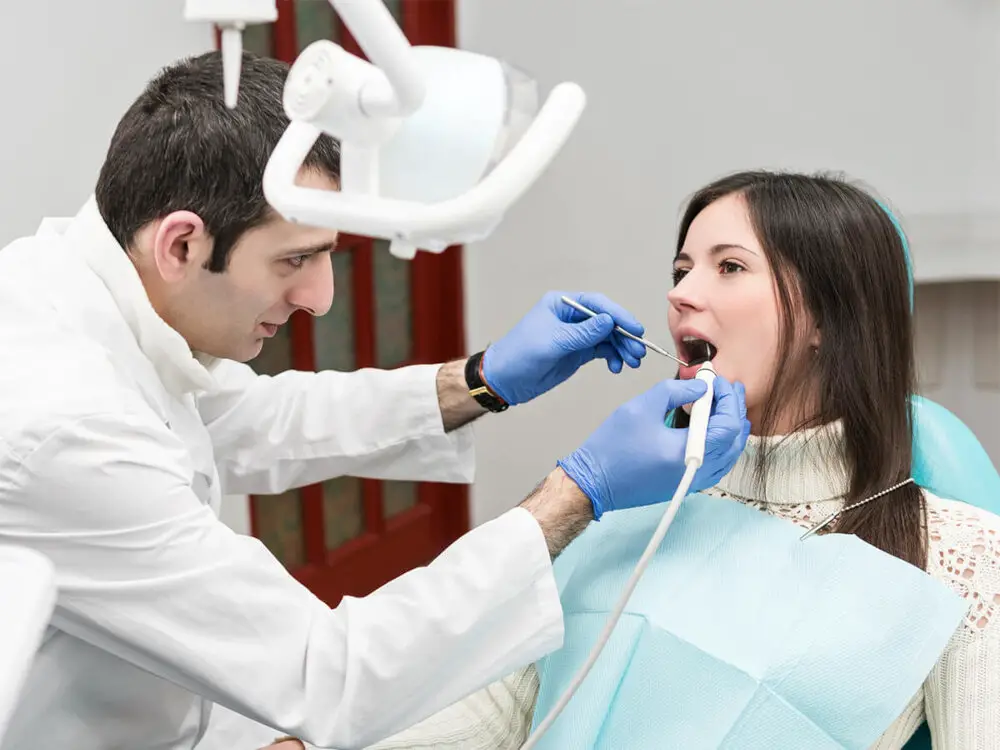
Maintaining a white smile is not just about achieving a brighter set of teeth, but also about keeping them healthy and strong. It involves a combination of good oral hygiene practices and lifestyle choices. Brushing your teeth twice a day with a whitening toothpaste and flossing regularly can help remove surface stains and prevent the buildup of plaque and tartar. Additionally, using a mouthwash can help kill bacteria and freshen your breath. It is also important to visit your dentist for regular cleanings and checkups. However, certain lifestyle choices can also contribute to yellowing of teeth. Smoking, drinking coffee, tea, or red wine, and consuming sugary or acidic foods and drinks can all stain and weaken your teeth. Reducing or avoiding these habits can help maintain a white smile. Furthermore, incorporating healthy habits such as eating a balanced diet, drinking plenty of water, and getting enough sleep can also benefit your teeth and overall health. By making these small changes, you can achieve and maintain a white smile that will boost your confidence and improve your oral health.
Maintaining a white smile requires consistent effort and a few lifestyle changes. Firstly, brushing your teeth twice a day with a whitening toothpaste can help remove surface stains. Additionally, flossing daily helps remove plaque and prevent yellowing between teeth. Avoiding foods and beverages that stain your teeth such as coffee, tea, and red wine can also help. If you do consume these, rinse your mouth with water afterward. Regular dental cleanings and check-ups are also essential to maintaining a bright smile. Finally, consider using at-home whitening products or professional treatments to give your smile an extra boost. By incorporating these tips into your daily routine, you can achieve and maintain a white, healthy smile.
In order to achieve a brighter smile, it’s important to pay attention not only to the products that can help whiten your teeth, but also to the ones that can harm them. Foods and drinks that are high in sugar, such as candy and soda, can cause tooth decay and discoloration. Additionally, highly pigmented foods like beets, berries, and tomato sauce can stain your teeth over time. Acidic foods and drinks, such as citrus fruits and juices, can also erode tooth enamel and cause yellowing. To maintain a white smile, it’s best to limit your intake of these foods and drinks and practice good oral hygiene habits such as brushing and flossing regularly.
Achieving a brighter smile requires more than just a one-time teeth whitening treatment. Daily oral care habits are essential to maintaining a healthy and pearly white smile. Brushing twice a day with a fluoride toothpaste and flossing once a day removes plaque and prevents tooth decay. Mouthwash can also be used to kill bacteria and freshen breath. Limiting sugary and acidic foods and drinks can prevent enamel erosion and yellowing. Regular dental check-ups and cleanings can detect and treat any issues before they worsen. Incorporating these habits into your daily routine can lead to a brighter smile and better overall oral health.
Achieving a brighter smile can be done through various methods, each with their own benefits and drawbacks. One of the most popular and effective methods is professional teeth whitening, which can be done at a dental clinic or at home with custom trays and whitening gel. Another option is over-the-counter whitening products, such as strips, gels, and toothpaste. However, these may not be as effective and can cause sensitivity. Natural remedies, such as oil pulling and baking soda, can also help remove surface stains, but may take longer to see results. Additionally, maintaining good oral hygiene habits, such as brushing and flossing regularly, and avoiding staining foods and drinks, can help prevent teeth from yellowing in the first place.
Achieving and maintaining a white smile requires a combination of good oral hygiene habits and consistent dental care. Brushing your teeth twice a day with a whitening toothpaste, flossing daily, and using mouthwash can help remove surface stains and prevent discoloration. Avoiding smoking and limiting your intake of dark-colored beverages such as coffee, tea, and red wine can also help maintain a white smile. Additionally, professional teeth whitening treatments from a dentist can provide quick and effective results. However, it is important to consult with a dental professional before starting any whitening treatment to ensure safety and proper application. With the right habits and care, you can achieve and maintain a bright and confident smile.
Conclusion
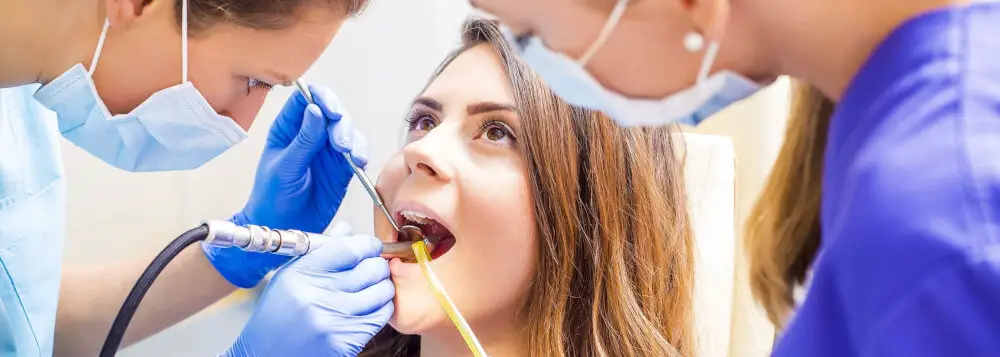
In conclusion, achieving a brighter, whiter smile is not a one-size-fits-all process. The speed and efficacy of teeth whitening methods can vary depending on factors such as the severity of discoloration, the chosen treatment method, and individual oral hygiene habits. While some people may see results in just a few days, others may take weeks or even months to achieve their desired level of whiteness. It is crucial to consult with a dental professional before starting any teeth whitening regimen to ensure safety and efficacy. Additionally, maintaining good oral hygiene practices, such as regular brushing and flossing, can help prevent further discoloration and keep your smile looking bright and healthy. Remember, a brighter smile is not only aesthetically pleasing but also contributes to overall oral health and confidence.

